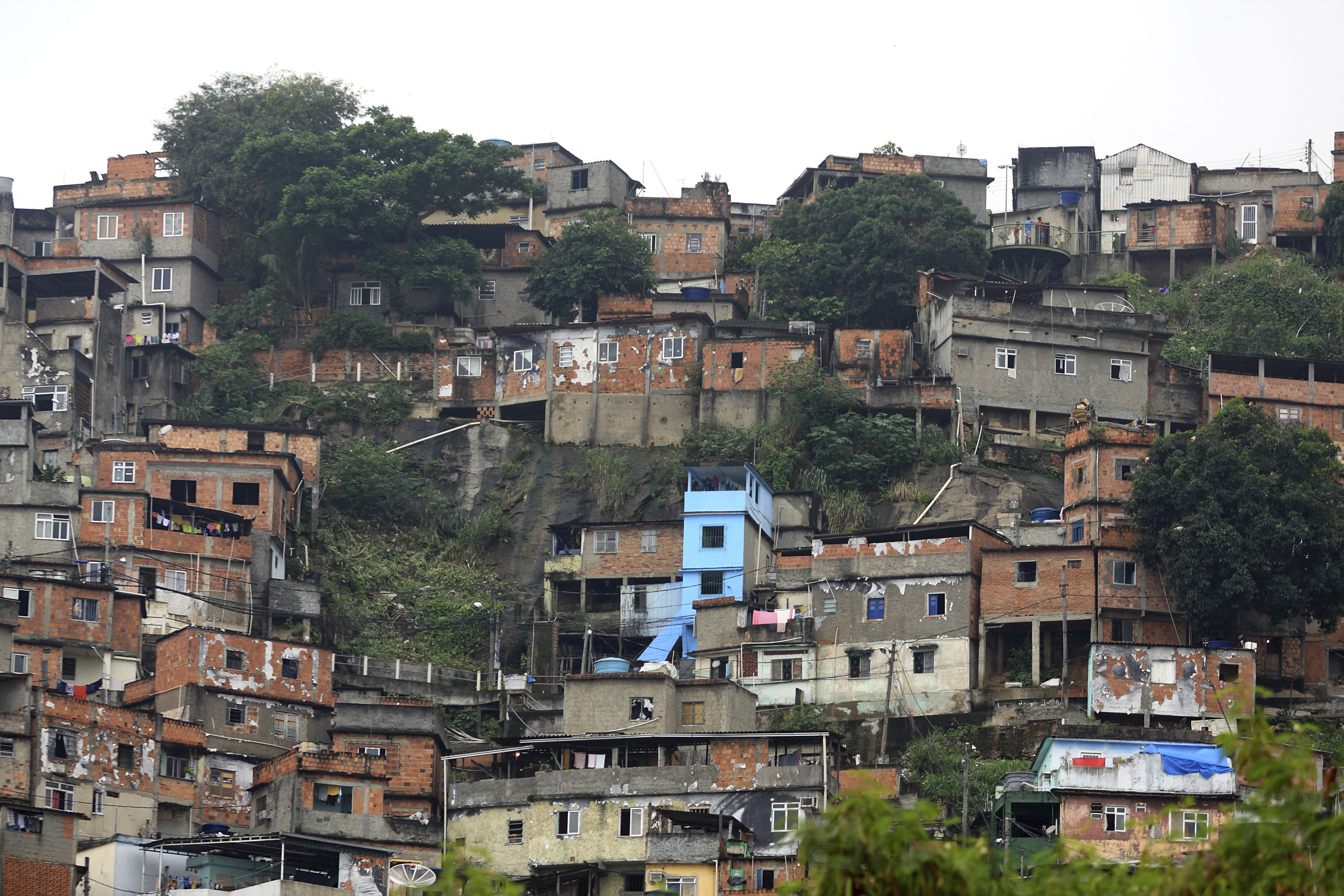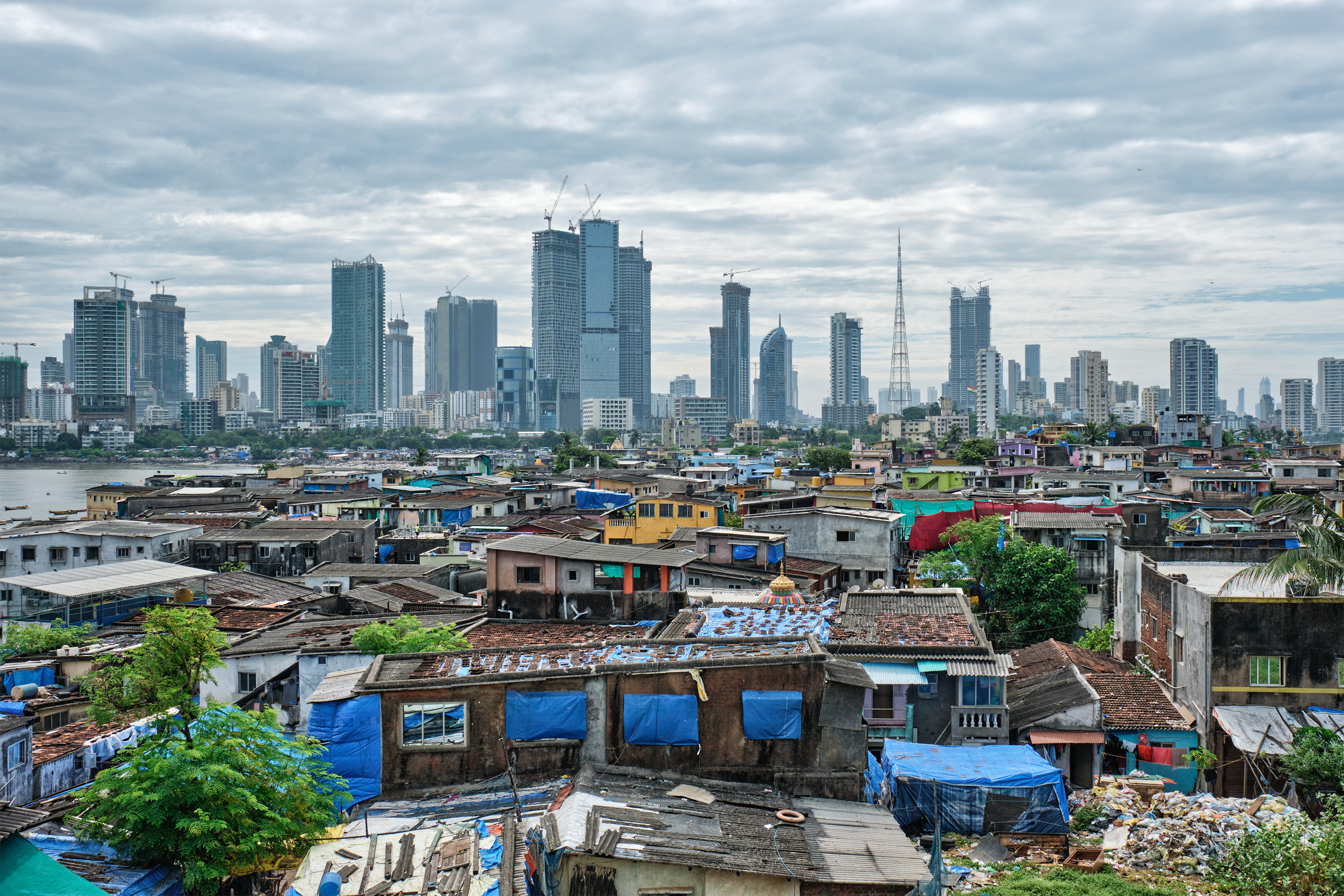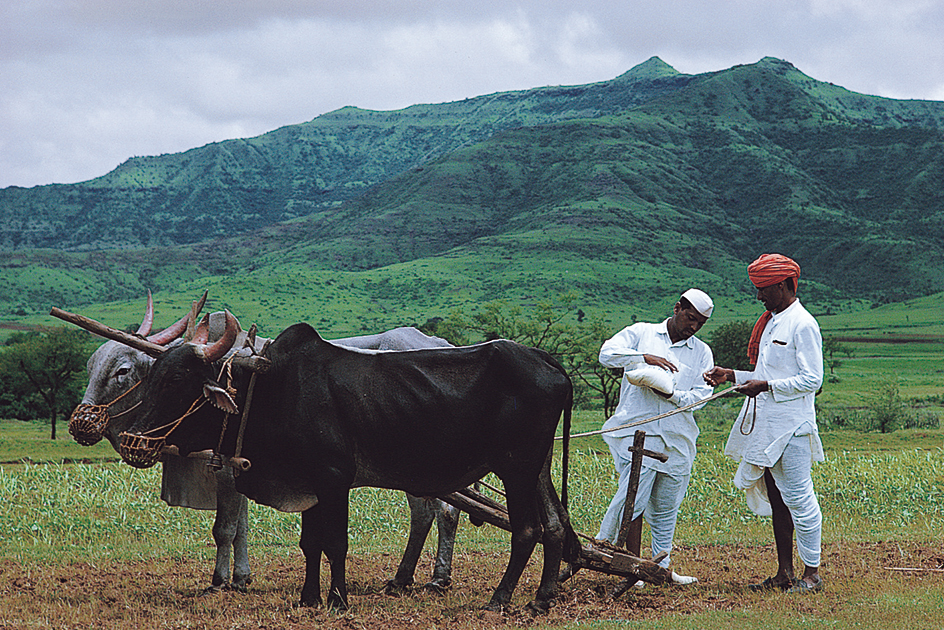Poverty is the lack of enough income and resources to live adequately by community standards. Many people living in poverty cannot afford the food, shelter, clothing, and medical care that they need in order to be fully active members of their community or society. Poverty can cause stress, suffering, malnutrition, poor health, and loss of life. It can also lead to feelings of frustration, hopelessness, and low self-esteem. Governments and private organizations have worked to reduce or eliminate poverty, but it remains a widespread problem. About 10 percent of people throughout the world live in poverty.

Measuring poverty
The exact definition of poverty varies from one community to another. Most people understand the term based on their unique cultures, values, lifestyles, and experiences. For example, many people who live in the United States believe they must have an automobile to live decently. Such people would consider themselves poor if they could not afford one. However, many people in less wealthy countries regard cars as luxuries. They would not consider the lack of a car a sign of poverty.
Poverty standards.
Governments and organizations throughout the world have created their own standards to measure poverty. Such standards can be absolute or relative. Absolute poverty standards are based on the amount of income needed to provide for life’s basic needs. People who have less than this amount are considered poor. Relative poverty standards measure how people’s incomes, resources, or lifestyles compare with those of others in the community. The use of poverty standards helps governments understand social conditions, evaluate public policy, and carry out programs to help the poor.
In the United States, Canada, and some other countries, poverty is measured according to yearly income. In most such countries, households with yearly incomes at or below a certain level, called the poverty level or poverty line, are considered poor. The value of the poverty line in a given place or country usually depends on the average cost of living there. In the United States, for instance, the official poverty measure, developed in the 1960’s, is an absolute standard. It is based on the amount of income needed for a household to eat adequately without spending more than a third of its income on food. This amount varies according to the size of the household and, in some cases, the ages of the people in it. Because household budgets have changed over the years, the U.S. Census Bureau has explored alternative ways to set the poverty threshold to accurately reflect household expenses for food, clothing, shelter, utilities, health care, and transportation.
The European Union (EU) uses a relative poverty standard. According to the EU standard, households with incomes below 60 percent of the median income of their country are considered poor. The World Bank, an international organization that promotes economic development, uses various methods to study poverty in lower-income countries. Its definition of poverty includes any household that lives on less than one U.S. dollar per day.
Poverty rates.
The percentage of the population that falls below the poverty standard is called the poverty rate. The poverty rate tends to fall in times of strong economic growth and rise when the economy is weak. Since the 1970’s, the U.S. poverty rate has usually been between 10 and 15 percent. But many less wealthy countries have poverty rates higher than 20 percent. Poverty rates vary between different population groups and places within a country. In addition, differences in standards and definitions can make it difficult to compare poverty rates between countries.
Causes of poverty
The causes of poverty differ greatly from one person or place to another. Evidence shows that a number of economic and social factors can make it difficult for people to earn a steady income and meet their basic needs.
Economic factors.
One of the most important economic factors affecting poverty is the availability of steady, well-paying jobs. Many jobs pay low wages, offer too few hours, and provide little opportunity for advancement, making it difficult for workers to earn enough money to provide for basic needs. When the economy is weak, businesses may be forced to lay off workers, leading to a rise in unemployment and poverty. Advances in technology may contribute to poverty among workers whose jobs are automated by computers. Poverty also rises within a community when a major business moves away or closes, leaving workers jobless.
Periods of inflation—that is, an increase in the general level of prices—can contribute to poverty. People whose incomes fail to keep pace with price increases can afford less and less, which may lead them to live inadequately by community standards.
Social factors
also contribute to poverty. For example, a failing educational system can have a powerful effect on a community’s poverty rate. Many people who attend lower-quality schools lack the education and skills needed to get a well-paying job. In addition, certain kinds of families may be at greater risk of experiencing poverty. Studies have shown that single-parent families, especially those headed by women, usually have lower incomes and fewer resources than two-parent families.
Many forms of discrimination also contribute to poverty in certain groups. For example, some employers discriminate against workers based on race, ethnicity, or gender. They may avoid hiring members of certain groups, or they may pay people in those groups reduced wages. Many women receive lower pay than equally qualified men. Also, members of racial and ethnic minority groups may experience discrimination when looking for housing. Laws in many countries seek to prevent such unequal treatment. However, discrimination persists and limits opportunities for many people.
Effects of poverty
Poverty has a wide range of effects, both for people experiencing poverty and for society as a whole. Many people may experience poverty for short stretches of time. However, it is not uncommon for people to experience poverty for a decade, or even much longer.
Experience of poverty.
People in poverty often lack many things they need to be fully active members of society. For example, they are less likely to receive adequate medical care or to eat the foods they need to stay healthy. As a result, poor people are more likely to experience poor health, become more seriously ill, and die at a younger age than those who are not poor. Many low-income families are forced to live in low-quality housing with inadequate heat and plumbing. The jobs most readily available to the poor can involve dangerous or unhealthful working conditions. Financial trouble, medical problems, and emotional stress tied to poverty can strain family relationships. In addition, poor people often have less political power than wealthier people, because they are less likely to have access to political organizations and to vote in elections.

Many poor families have children who experience long periods of poverty. Children who grow up in poverty are more likely to be poor as adults. Poor children often enter school with less preparation and less-developed language skills than other children do. They may also attend lower-quality schools and thus are less prepared to enter vocational education programs, attend college, or get well-paying jobs.
Poor families often live in high-poverty areas with insufficient school funding, substandard housing, and few public amenities (public facilities such as parks, libraries, and community centers). Many schools in high-poverty communities cannot afford the educational programs or facilities that other communities have. Residents of high-poverty areas also have greater exposure to crime, domestic violence, drug misuse, and health risks.
Effects on society.
Poverty affects society in a number of ways. Individuals lacking good health, a proper diet, or an adequate education are less likely to become productive workers or active members of society. This, in turn, can have a negative impact on the economic and social well-being of entire communities. High poverty rates also place significant demand on government programs and community organizations that assist the poor.
The fight against poverty
The causes of poverty can vary greatly from one country to another. People also disagree over the best ways to improve access to good jobs and provide aid to the poor. Thus, strategies used to fight poverty vary from place to place. Most governments use a wide range of strategies that try to address the many causes of poverty.
Measures to improve job opportunities.
Governments throughout the world seek to promote economic growth and reduce unemployment. Many government programs promote equal job opportunities for women and members of ethnic or racial minority groups. Some programs aim to attract new businesses or help existing ones grow.
Some government policies aim to improve job quality. Many countries have laws to create predictable working conditions and to provide paid sick leave. Minimum-wage laws establish the lowest hourly wage employers can legally pay. Such laws are meant to ensure that workers receive enough income to meet their basic needs. Some people argue that minimum-wage and other workplace laws actually contribute to poverty. They say that such laws result in higher costs for employers, who then hire fewer workers. However, there is little evidence to support such arguments.
Some countries use tax credit programs to reduce the taxes that low-income individuals and families are required to pay. Examples of such programs include the Earned Income Tax Credit in the United States and the Child Tax Credit and Working Tax Credit in the United Kingdom. Evidence shows that tax credit programs can be quite effective at reducing poverty.
Educational programs
are designed to help unemployed and employed individuals gain the knowledge and skills they need to find a job or obtain a better-paying job. Such programs serve people of various ages. Many government programs provide job training for unemployed adults or disadvantaged youths. Many countries offer scholarships, loans, and financial aid programs to help students attend college or receive vocational training. Government programs also invest in education for young children, to support better outcomes in later life. In the United States, for instance, the Head Start program offers educational, medical, and social benefits to preschool children from low-income families.

Social welfare programs
provide money, food, medical care, and other aid to the poor and certain other groups. The two main types of social welfare programs are social insurance and public assistance. Social insurance mainly covers people who have worked and paid special taxes in the past, whether or not they are poor. It may also cover their families. Public assistance provides aid primarily to low-income households.
Social insurance programs often include (1) pension plans, (2) unemployment insurance, and (3) health insurance. Pension plans, such as social security programs, pay benefits to individuals and families to help replace income lost as a result of retirement, disability, or death. Unemployment insurance pays workers who have lost their jobs. Government health insurance programs can ensure that people of all ages have access to medical care.
Public-assistance programs may include (1) cash aid, (2) health care programs, (3) food and nutrition programs, (4) assistance for people with disabilities, (5) housing programs, (6) utility assistance programs, and (7) human services programs that promote greater well-being.
Cash aid programs provide poor people with money to buy necessities for themselves and their dependents. Health care programs, such as Medicaid in the United States, pay medical expenses for many people without insurance or with low incomes. Food and nutrition programs help low-income families buy more and better food than they normally could afford. Assistance for people with disabilities may include a regular income or other benefits for individuals or families. Housing programs include financial aid to help people with their housing costs, the construction of affordable housing for the poor, and programs for the unhoused. Utility assistance programs help poor households pay for such services as heat and electric power. Human services programs offer child care and other supports that help low-income parents find or keep jobs.
